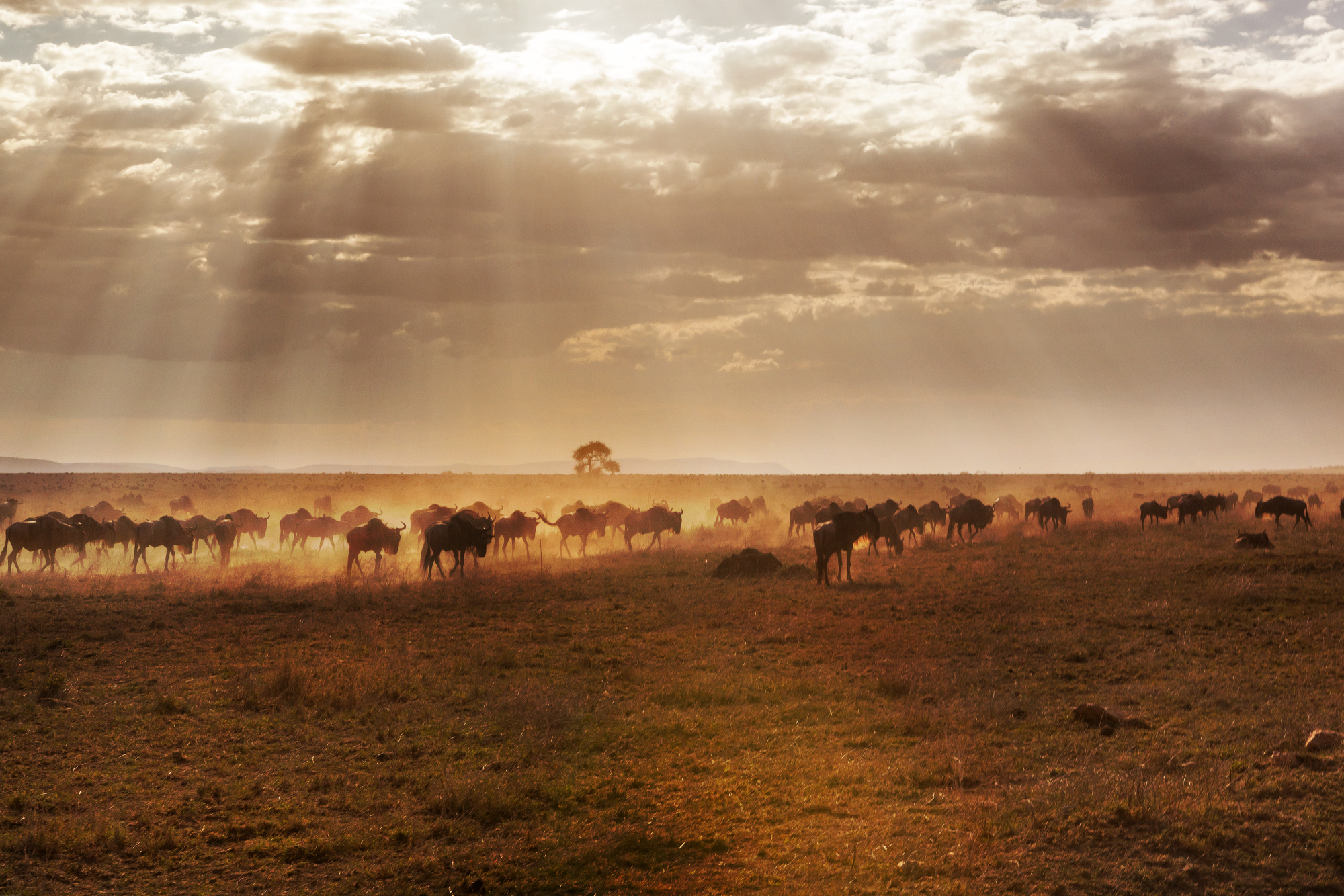A study in Tanzania’s Kilombero Valley reveals that rising immigration and land-use changes are threatening wildlife in a community-managed Wildlife Management Area (WMA) bordering the Selous Game Reserve. Covering 880 km² across eight villages, the research combined household surveys, council interviews and ecological monitoring over three years. While 29 large mammal species were recorded—including elephants and buffalo—species diversity declined, with agricultural expansion and pastoralism driving habitat loss.
Immigration, accounting for 32% of new residents, strained village councils unequipped to manage the influx. Most locals lacked awareness of the WMA or access to its benefits, weakening support for conservation. Despite some species adapting to human-altered landscapes, overall wildlife presence dropped. The findings highlight the urgent need for stronger land-use planning, local benefit-sharing and community involvement. When paired with sustainable use models like regulated hunting, these tools can incentivize conservation, protect wildlife and secure long-term ecological and economic stability in regions like Kilombero.

